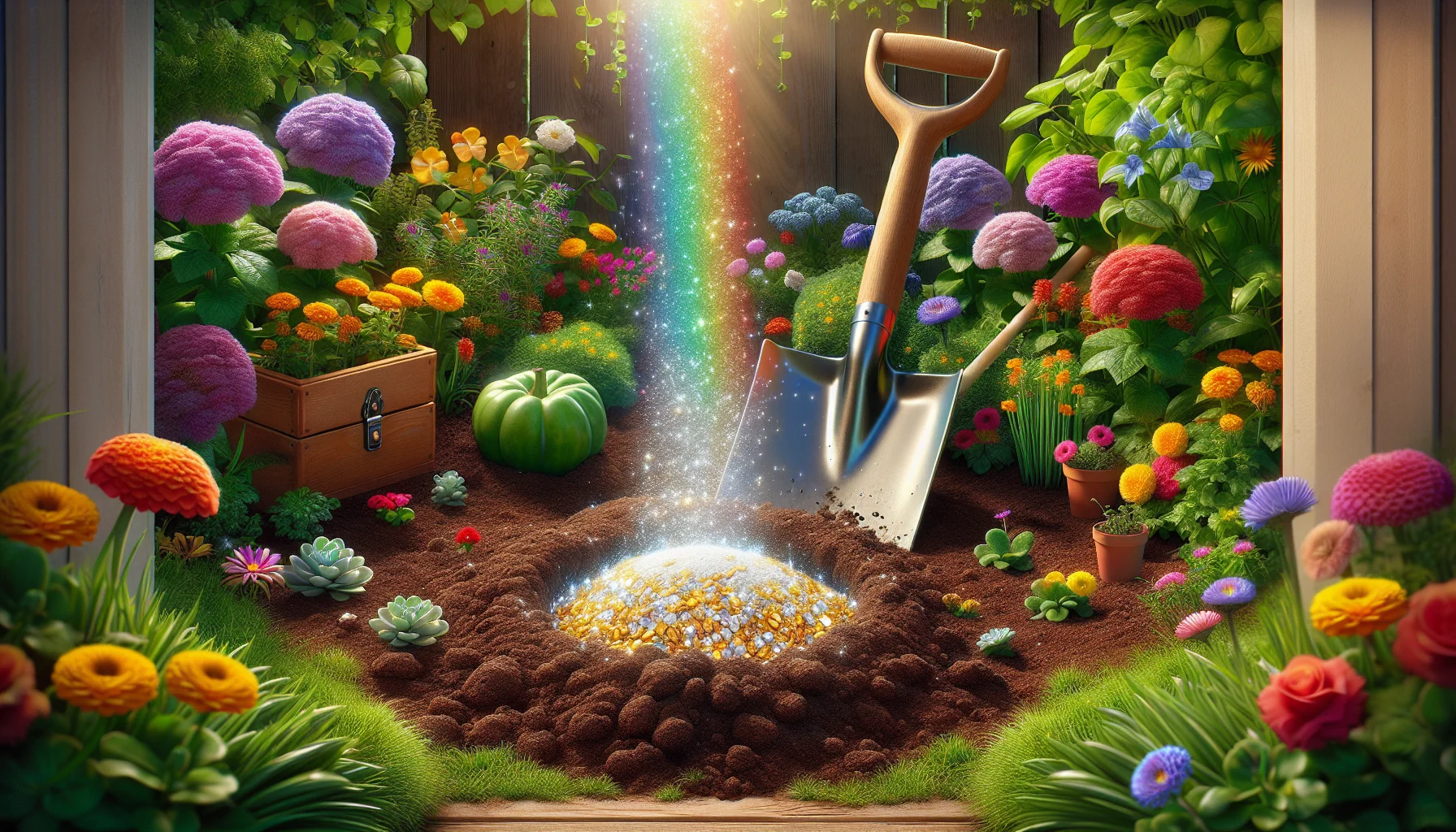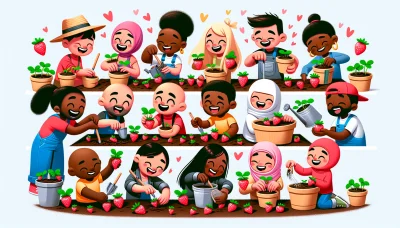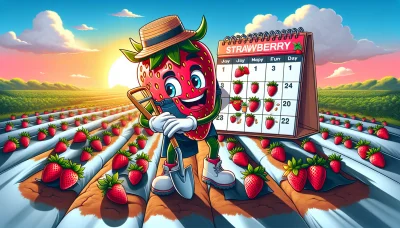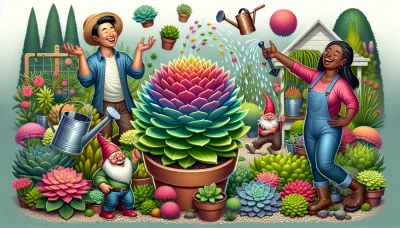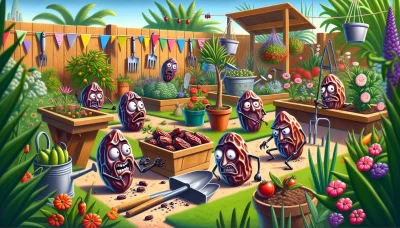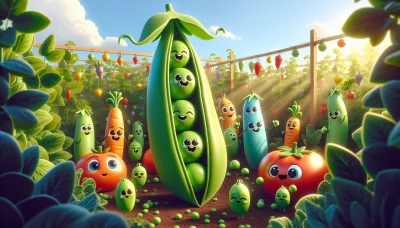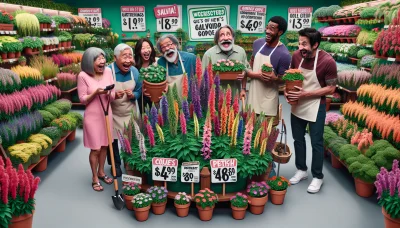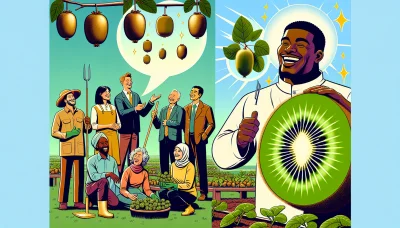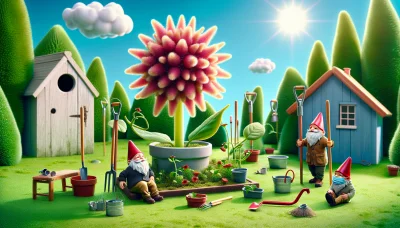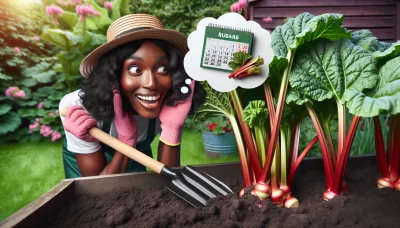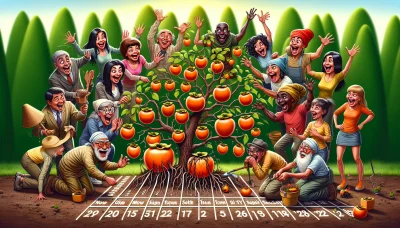White substance in garden soil Quiz
Test Your Knowledge
Question of
Understanding White Substance in Garden Soil
Discovering a white substance in garden soil can be puzzling for many gardeners. This phenomenon is often caused by a variety of factors. One common reason is the presence of mycelium, which is a type of fungus beneficial to soil health, aiding in the decomposition of organic matter. Another possibility is the accumulation of salt residues, particularly in areas where fertilizers are heavily used or in regions with hard water. Additionally, perlite, a component added to potting mixes to improve aeration and drainage, can sometimes be mistaken for an unusual substance in the soil. Understanding the source of the white substance is crucial for determining whether it poses a threat to plant health or is, in fact, beneficial.
Types of White Substances in Soil
- Salt deposits
- Fungal mycelium
- Perlite
Effects of White Substance on Plant Health
The impact of white substances on plant health can vary significantly, depending on the nature of the substance and the context of its application. For instance, certain white substances, such as diatomaceous earth, can be beneficial to plants by providing pest control without the use of harmful chemicals. Diatomaceous earth works by dehydrating insects that come into contact with it, thus protecting plants from potential damage. On the other hand, white substances like powdery mildew, a fungal disease, can severely harm plant health. This fungus covers the leaves and stems of plants with a white, powdery coating, hindering photosynthesis and potentially leading to plant death if untreated. Therefore, the effects of white substances on plant health can range from protective to destructive, highlighting the importance of identifying and understanding the specific substance in question.
How to Identify the White Substance in Your Soil
Identifying the white substance in your garden soil is crucial for maintaining plant health. Often, this substance can be either fungal mycelium, salt deposits from water evaporation, or perlite from potting mixes. To determine which one it is, start by observing the location and distribution of the white substance. If it's widespread and near the surface, it could be salt deposits. These are common in areas with high evaporation rates and can be remedied by flushing the soil with water. If the white substance forms a web-like structure, it's likely fungal mycelium, which is generally harmless and indicates healthy soil. However, if the substance is granular and evenly distributed throughout the soil, it's probably perlite, a component of potting mixes that aids in soil aeration and drainage. For a more precise identification, consider the recent conditions of your garden, such as watering practices or added materials, which can provide clues about the source of the white substance.
Treatment and Prevention Strategies
- Identify the white substance in the soil to determine if it is harmful or benign.
- Improve soil drainage by mixing in organic matter such as compost or peat moss.
- Reduce watering frequency to avoid waterlogging, which can lead to mold and fungus growth.
- Use soil amendments like gypsum to break up heavy, compacted soils and improve their structure.
- Apply fungicides or natural remedies like neem oil or baking soda solution to affected areas, following label instructions carefully.
- Remove and dispose of severely affected soil or plants to prevent the spread of disease.
- Rotate crops in garden beds to prevent the buildup of soil-borne diseases.
- Mulch the soil surface to reduce water splash, which can spread spores and other pathogens.
- Regularly clean garden tools to avoid transferring pathogens from infected soil to healthy areas.
- Monitor soil pH and adjust accordingly to maintain a healthy balance that supports plant growth and discourages harmful pathogens.
When to Seek Professional Help
It's essential to monitor the condition of your garden soil regularly, as changes can indicate various underlying issues. If you notice a white substance in your garden soil, it might be necessary to seek professional advice or assistance in certain situations. These include if the white substance is spreading rapidly, affecting the growth of your plants, or if home remedies and adjustments in watering or fertilization practices do not improve the condition. Additionally, if the substance has a foul odor or is accompanied by other signs of plant disease or pest infestation, professional input can help diagnose the problem accurately and recommend effective treatment options. Consulting a professional can ensure your garden remains healthy and vibrant.
Maintaining Healthy Soil in Your Garden
| Good Practices | Bad Practices |
|---|---|
| Adding organic matter regularly (e.g., compost, aged manure) | Overuse of chemical fertilizers |
| Mulching to retain soil moisture | Leaving soil bare and exposed to elements |
| Practicing crop rotation to prevent soil depletion | Planting the same crop in the same place every year |
| Using cover crops in the off-season | Leaving the soil bare without cover crops in the off-season |
| Maintaining proper pH balance according to plant needs | Ignoring soil pH needs of specific plants |
| Dealing with white substances: Identifying if it's fungal (harmful) or mineral (less harmful) and treating accordingly | Ignoring white substances on the soil, which can lead to either nutrient lockout or disease proliferation |
